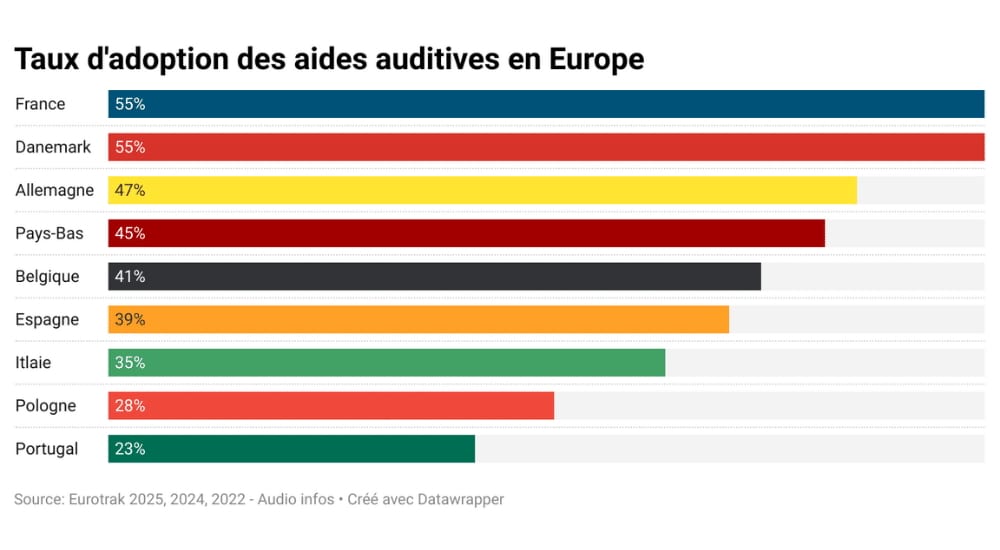Understanding the potential of human echolocation
Study
The results of research on human echolocation were recently presented at the third joint meeting of the Acoustical Society of America and the European Acoustics Association, Acoustics ‘17, held in Boston, MA, USA in late June.

People who are visually impaired can use a cane to navigate through their surroundings. They learn to use the pitch, loudness and timbre of echoes from the cane or other sounds to move safely through the environment using echolocation. Bo Schenkman, an Associate Professor at KTH Royal Institute of Technology in Stockholm, Sweden, presented some of his work at the meeting.
According to Schenkman, cited by MedicalXpress, a better understanding of echolocation could help to improve teaching methods for this technique to people who have lost their sight, and provide greater understanding of human hearing.
In his studies, Schenkman has identified some of the specific informational cues that visually impaired people use to echolocate objects. Interestingly, they appear to use not only the pitch and loudness of echoes, but also the timbre, especially the sharpness aspects of timbre. People with visual impairments are better than sighted individuals at perceiving the sound quality of two sounds that are emitted in short timeframes.
Studies have also found some similarity with animal echolocation. “It’s a byproduct of our hearing system that we can use echolocation, so we’re not as proficient at it as bats,” Schenkman says. “However,” he adds “I think one can learn much from differences between humans and bats, to compare how the systems work.”
Source: Acoustical Society of America; MedicalXpress.


